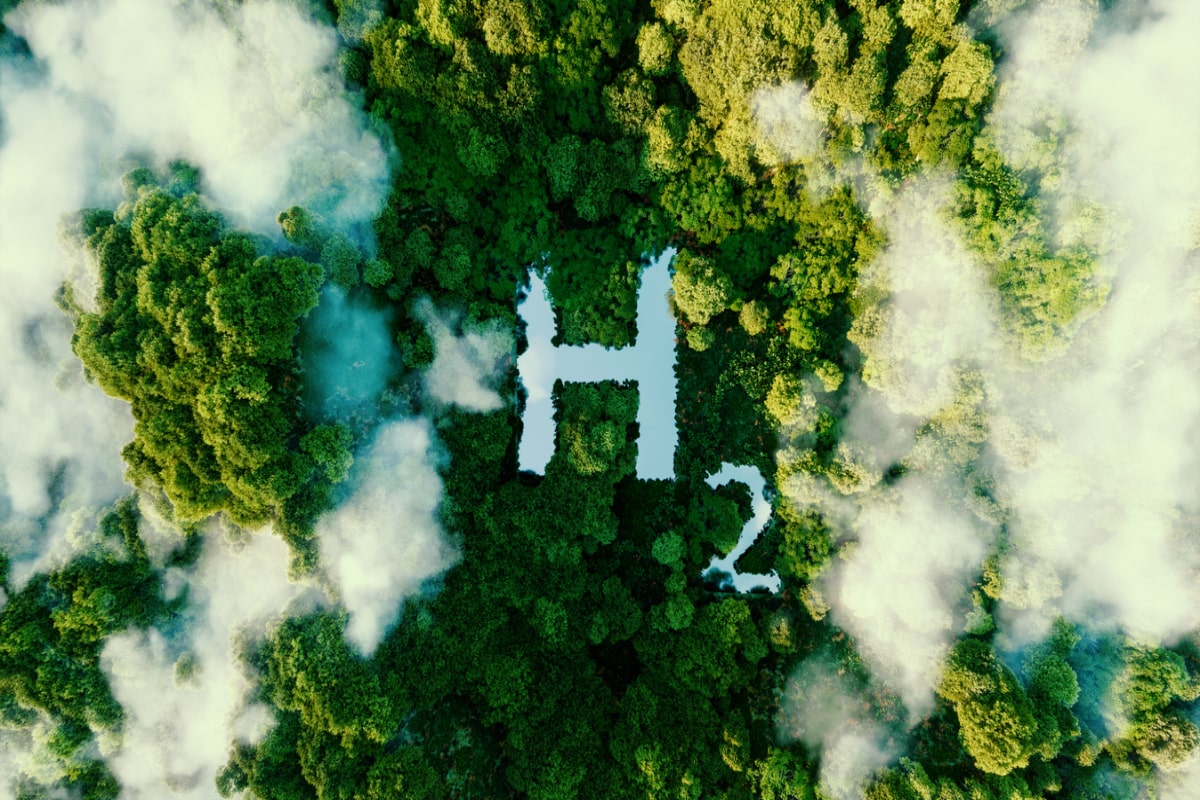The plan aims to produce 50 million tons of clean hydrogen fuel by 2050 and add up to 100,000 jobs to the sector by 2030.
The Biden-Harris Administration yesterday released the U.S. National Clean Hydrogen Strategy and Roadmap, aiming to produce 50 million metric tons of clean hydrogen fuel by 2050. This would present a big step towards the global annual demand for clean energy which the consulting firm McKinsey projects to grow to approximately 660 million metric tons by 2050. The International Energy Association likewise projects growing demand for hydrogen in other sectors besides classical industry and refining.
Additionally, the program is expected to add up to 100,000 jobs to the growing domestic hydrogen economy by 2030, according to the press release. The roadmap is a pillar of the administration’s goal of achieving a carbon-free power grid by 2035 and a net-zero emissions economy by 2050, goals set by President Biden in 2021. The precursors for the new roadmap are the Bipartisan Infrastructure Law (BIL) which Congress passed in November 2021, and the Inflation Reduction Act (IRA) signed into law by President Biden in August 2022. While the former legislation authorizes $62 billion for the U.S. Department of Energy, including $9.5 billion for clean hydrogen, the latter provides an additional framework for hydrogen including a production tax credit aimed to create a U.S. market for clean hydrogen.
The U.S. National Clean Hydrogen Strategy and Roadmap is focused on three key topics: Firstly, strategic, high-impact uses where sourcing of other renewable energy is limited, are the priority areas for clean hydrogen adoption, such as long-haul transportation and the industrial sector. Secondly, the cost of clean hydrogen is currently not competitive with fossil fuel production, hence the program aims to reduce the production and distribution costs. The third and final target is the creation of regional networks of hydrogen production and consumption to reduce environmental impacts.
Clean Hydrogen?
Hydrogen can be generated from multiple diverse sources, including fossil fuels and biomass. Hydrogen is commonly called green when it is produced by splitting water into oxygen and hydrogen through the process of electrolysis. The new roadmap, however, does not explain what it classifies as clean hydrogen. Yet, hydrogen is only truly green when the electricity used in the process is sourced from renewable energy sources such as wind or solar. The most effective catalysts for the electrolysis are elements of the platinum group metals (PMG), most notably palladium and platinum itself.
Hydrogen is becoming increasingly relevant for economies around the world, India allocated $2 billion for its hydrogen sector earlier this year, while Volvo’s new heavy trucks run on hydrogen fuel cells.
Photo: iStock/Petmal


